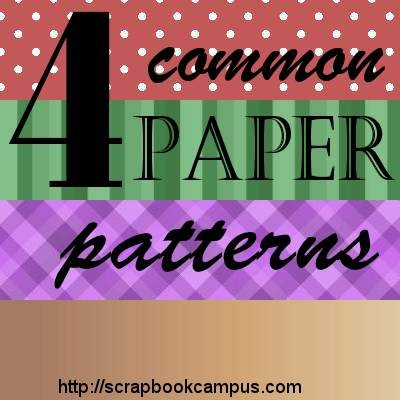Digital scrapbooking, like many graphic projects will tend to use various patterns as backgrounds or accents. Digital kits you can download often include solid color papers but also various patterns. There are many different patterns you can find but there are some common types, which can be then modified to create even more designs. Many of them are fairly easy to reproduce with your own graphic program, like Paintshop Pro.
Polka dots
The polka dots are very simple patterns made, traditionally, with dots that are repeated. They can be placed horizontally and vertically, but also diagonally.


Among the variations on this common pattern is the use of a different shape than the simple dots. You can use diamonds, stars, hearts, or designs that are more elaborate, since the principle here, is the repeating shape or design.


Stripes
Stripes are simple repeated colors that are alternating and are the same for the whole length, the whole width or even diagonally.


Stripes can be regular or irregular, small or large and the colors can be limited to variations on a single color, or use various colors.


Plaid
The bases for plaids is a striped pattern. You can see the same series of stripes rotated by 90 degrees or have a different set of stripes. If the stripes are covering the whole surface of the paper, a reduction in opacity will allow the two layers to show the stripes. If the initial stripe pattern is made of some areas that are not colored, then an opacity adjustment might not be needed.


Gingham is another variation on the plaid idea in which only 2 colors are used with even stripes. The opacity reduction will create some lighter areas while some will be as dark as the initial color was intended.

Gradients
Whatever graphic program you are using, chances are that you can create or use gradients. Those can be very elegant but simple patterns. You can have a simple gradient going from one end to the other, but you can also have gradients in other format than linear; in Paintshop Pro, you can have sunburst and radial styles too, which can also be placed off center for a more original result.


In addition, there is the option to repeat the gradient and this increases the possibilities to create different end results.


And of course, you can use monochrome gradients but also multicolored ones for even more fun results.


With these 4 basic simple patterns, you can easily create an infinite number of different papers. Customize with your own colors, or your own designs. Change the size, angle, or repeat. Choose contrasting colors, or some tone on tone for a delicate effect. Add a texture. Each combination will yield a different and unique result. And in your project, you can also combine more than one of those.
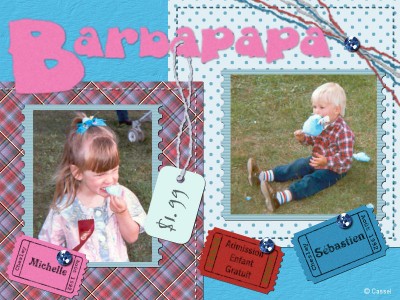
With these simple ideas, you have no more reason to wait to find that "perfect" paper for your project: you can create it yourself, with the exact color and details you want for your page, to match your photo and your vision for the project.
There are obviously many more patterns you can find for papers. Some designs are more involved, and require more work to create, but they are still very doable manually with Paintshop Pro, without any outside filters.
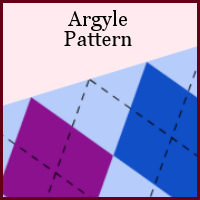
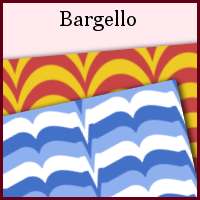


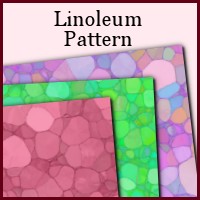

If you want to learn how to create these and many more paper patterns, you can become a DIAMOND member and get access to hundreds of tutorials.
What is your favorite paper pattern? Is there one type you tend to use more than others? Link to a layout you have made using one variation of these basic paper patterns.
If you want a printable version of this blog post to use as a reference, simply log in or register.

